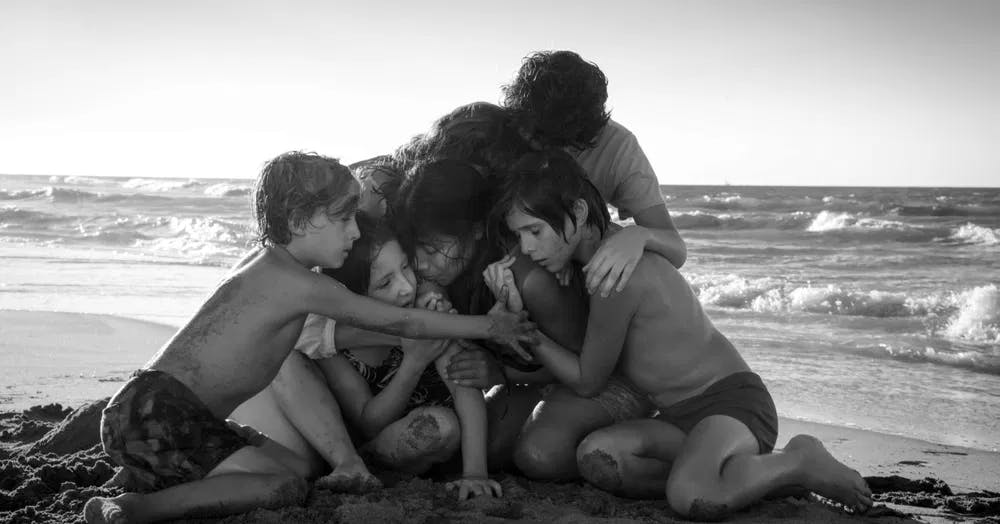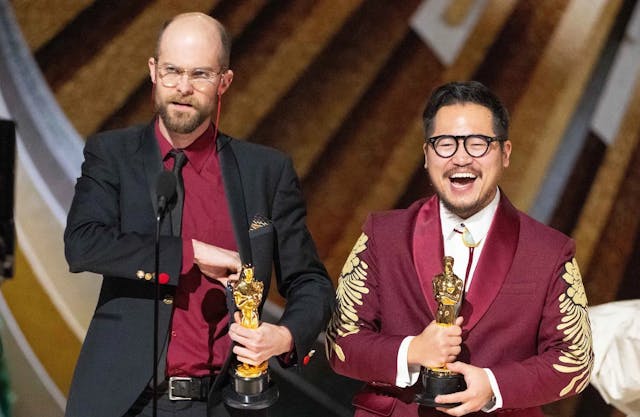We Need More Access To International Media In The United States

As the United States has continually been at the forefront of much of our media, watching movies set in new environments and cultures is incredibly refreshing. Throughout the years, successful films from around the world have become far more common such as Bong Joon-ho's Parasite from South Korea, Joachim Trier's The Worst Person in The World from Norway, or Alfonso Cuaron's Roma from Mexico. Perhaps it's become more common due to the accessibility of technology, maybe people are more open-minded these days, or a combination of both. However, what does it take for these filmmakers to reach such a high status when U.S. media is often put front and center? Historically, how did the U.S. become the leader in motion pictures? And finally, what can we gain from promoting more international content?

Alfonso Cuarón's Roma
The U.S. film industry really began to take off during the Golden Age between the 40s and 70s due to the uproar of the economy caused by the increase in jobs, the growth of the middle class, an increase in manufacturing, etc. The uproar in funding was also primarily due to the fact that we were still one of the wealthiest countries after the World Wars. But this isn't supposed to be a history lesson. The important thing to note here is that the United States has had the upper hand on many fronts for decades, including the film industry. This, in turn, would undoubtedly place U.S. cinema at the forefront as it is so deeply rooted in our history. It's clear by just registering their presence in media currently. For that reason, it has been an uphill battle for international filmmakers to get the traction they deserve for their movies over the years. Luckily, as technology has improved, our access to more media around the world has increased. Platforms like Popflick allow for people to see places they wouldn't normally see and be immersed in experiences that would not be screened in your typical blockbuster in the United States.
At the end of the day, representation is one of the most influential aspects of the film industry. We have the ability to witness people and scenarios that we may not otherwise have had the opportunity to experience in our real lives. Dramatization aside, films provide perspective. How can a person claim to be invested in movies when their perspectives mainly lie in
U.S. cinema? Widening our lens (no pun intended) only expands our horizons and insight into the people around us. After less than a year of being online, Popflick has accumulated films from over 15 different countries and through many different cities.

From Kundan Sad’s Halfpace
Normalizing the accessibility of international films across different platforms will only bring positive outcomes. A great example currently featured on Popflick is They Sing Up On The Hill, directed by Ian Allardyce and Bat-Amgalan Lkhagvajav. The film provides a refreshing look into the music scene in Ulaanbaatar, Mongolia. The film follows the lives of two young musicians, Od and Gegee, played by Dulguun Bayasgalan and Nomin-Erdene Munkhbat. Their equal passion for music ignites a spark in their relationship that only propels them to a more profound love for their craft. One of the most compelling plot points gathered from They Sing Up On The Hill is the frustration many people experience when they do not have room to grow as an artist. This could be due to many factors, such as socio-economic status, location, or just an overall lack of opportunities. Often, other areas of the world are left out where so much talent and culture exists that deserves to thrive. This alone is only one scenario in which the diversification of media is essential in our society. Through the eyes of a viewer based in the United States, we gain a new outlook on the lives and culture of people in Mongolia, for instance.

Allardyce and Lkhagvajav’s They Sing Up On The Hill
Ultimately, not only do people gain more opportunities and stories, but they gain a broader frame of reference for new content. It's easy to start hitting walls as a creator by only consuming media from such a small scope. Filmmakers, at their core, should strive to develop more compelling, creative, and profound ideas in their movies. This is only achieved through experience and the consumption of other forms of art and media. So what would be the benefit of confining oneself in the box that is U.S. produced films? Perhaps the quintessential movie from the United States holds its appeal to certain people. However, the argument is for diversity, which doesn't exclude local media.
Another even more valuable facet of this is the intrapersonal effect that diversity in films can have. Finally seeing people from different colors and cultures that you can relate to is inspiring. Seeing someone who looks like you on the big screen, especially at a young age, is one of the best parts of watching a movie. On the one hand, you can experience something new, or a person can potentially relate or connect to it.

Laura Baumeister’s Ombligo de Agua
The reality for many people in the United States is that finding content such as They Sing Up On A Hill or even Laura Baumeister's Ombligo de Agua on Popflick becomes difficult unless you know what you are looking for. The main reason for this is often due to the many streaming services like Hulu, Netflix, and even Youtube prefer to show content in the language of the geographical location of the user. Platforms like Popflick don't play it safe and let location settings dictate where the content is coming from. Oftentimes other platforms will prioritize what will get more viewership in a given area over the actually quality of the film. Through Popflick, users will get films from all over the world, and people will be exposed to more diversity. As a result of normalizing international films, maybe we can all become more well-rounded individuals or just enjoy something you've never seen before.
Want to get an email when we publish new content?
Subscribe today































